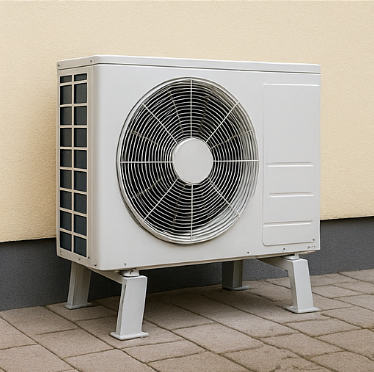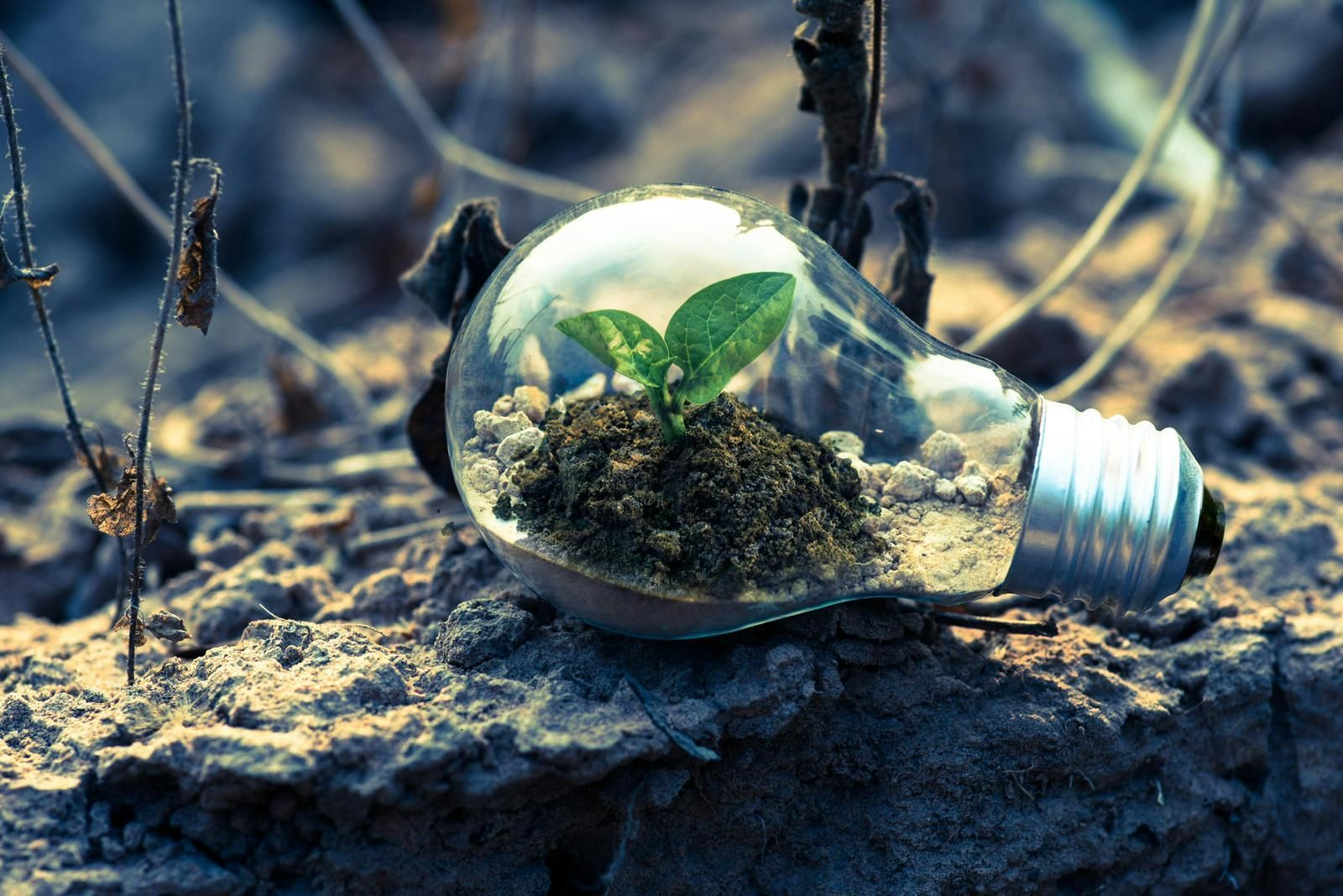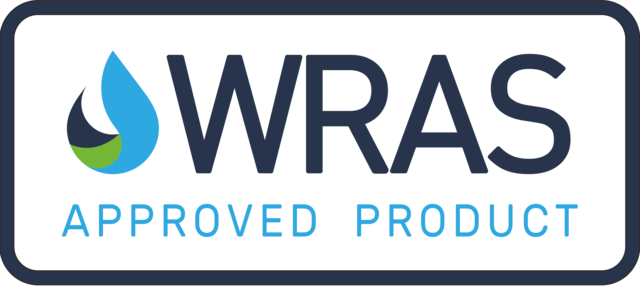Guide On Understanding The Process Of Installing A Heat Pump
Understanding The Process Of Installing A Heat Pump
As energy costs rise and sustainability becomes a top priority, more UK homeowners are choosing heat pumps as a cost-effective substitute for gas and oil boilers. The advantages of heat pumps such as lower operating costs a smaller carbon footprint and government incentives are widely recognized, however the installation procedure itself can be somewhat confusing.
We will take you step-by-step through the entire process of installing a heat pump in this guide so you know what to anticipate from beginning to end.
Getting A Initial Consultation And Property Assessment
To start the process, you will need to have a home survey carried out, by an eligible installer, during their visit they should:
- Measure your home's layout, size and your existing heating system
- Assess insulation levels and heat loss
- Check for available space for the groundworks (ground source) or outdoor unit (air source)
- Talk to you about your hot water preferences and needs
By doing this assessment, it makes sure your system is correctly sized, which is an important step for efficiency and comfort
Designing Your System Plus Your Quote
Based off your survey, whoever you choose to install your heat pump will design a bespoke system, this will include:
- Choosing either an air source heat pump or ground source one
- Picking the right capacity to efficiently heat your home
- Planning for underfloor heating or radiator upgrades if needed
- Deciding on your hot water cylinder size and placement
A comprehensive quote and design proposal including projected operating expenses and possible government funding will be sent to you at this point.
Preparation In Your Home
There may be some work required before installation starts:
- Improving installation, if there is excessive heat loss
- Upgrading outdated radiators with bigger models or putting in underfloor heating
- Preparing groundwork for boreholes and trenches (ground source) or preparing outdoor spaces for the external unit.
- Confirming that the electrics are prepared for the extra load.
In order to maximise the performance of your heat pump, this step is essential
Installation Of The Outdoor Unit
For ground source heat pumps, installation normally involves:
- Digging trenches or drilling boreholes for the ground loop
- Laying pipeworks to absorb heat from the ground
For air source heat pumps, a compact unit will be assembled outside, normally on a stand or against a wall.
The outdoor sector is the heart of the system, obtaining heat to be used inside your home.
Installation Of The Indoor Unit
When the installer is inside your home, they will fit:
- Your new heat pump unit, which are often a similar size to a boiler
- If you don't already have one, a hot water cylinder
- Upgraded radiators or underfloor heating loops (if they are in your plan)
- The necessary pipework, wiring and controls
This stage makes sure your heat pump integrates smoothly with your hot water system and central heating.
Setup For Electrics
The installer sets up the controls and connects the system to your power source after the major parts are installed. You will learn how to do this:
- How to adjust your heating schedule
- Check up on energy use and temperatures
- Tune the system for efficiency
Installing smart controls can also help you better control how much energy you use.
Testing The System
The installer will do the following before delivering the system:
- Test the system for leaks using pressure
- Analyse efficiency and flow rates
- Verify that the heat pump is operating according to specifications
- To guarantee compliance and access government incentives, register the installation with MCS (Microgeneration Certification Scheme)
Final Handover And Maintenance Requirements
Lastly a comprehensive handover pack containing warranty information, user manuals, and maintenance will be given to you. Your installer will tell you:
- The daily operations of the system.
- The suggested service timetable, which is typically once a year
- Whom to call in the event of an emergency or fault.
For many years to come, your heat pump will remain dependable and efficient with routine maintenance
Last Thoughts
Although the process of installing a heat pump may seem complicated, it is simple and easy to understand when broken down into steps. Every phase from the first survey to the last commissioning is planned to guarantee that your system operates effectively, safely and in compliance with UK laws.
You can be sure your investment will result in lower energy bills, comfort and a smaller carbon footprint over time by selecting an experienced accredited installer.
| Pros of Installing a Heat Pump | Cons of Installing a Heat Pump |
|---|---|
|
|












